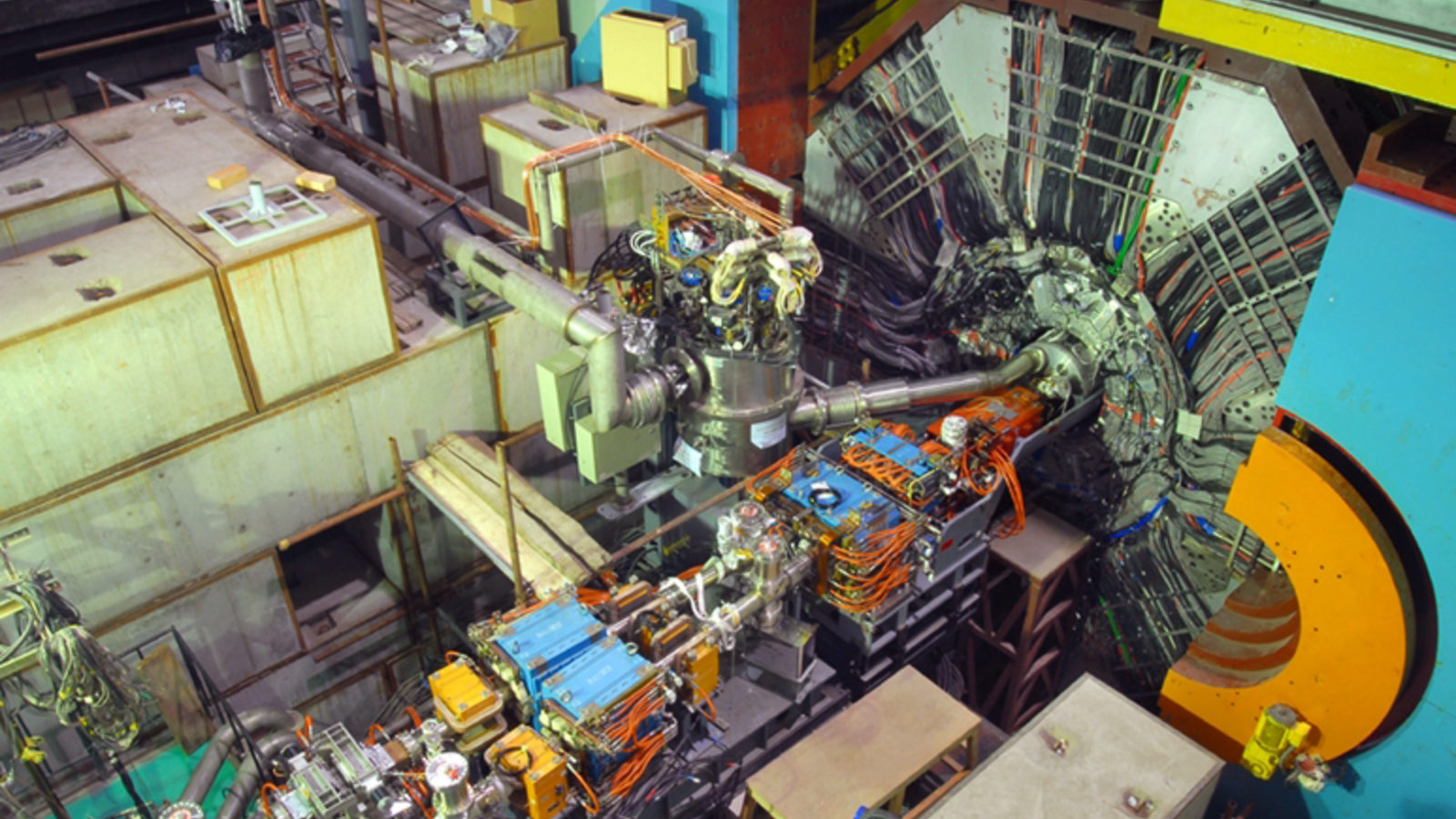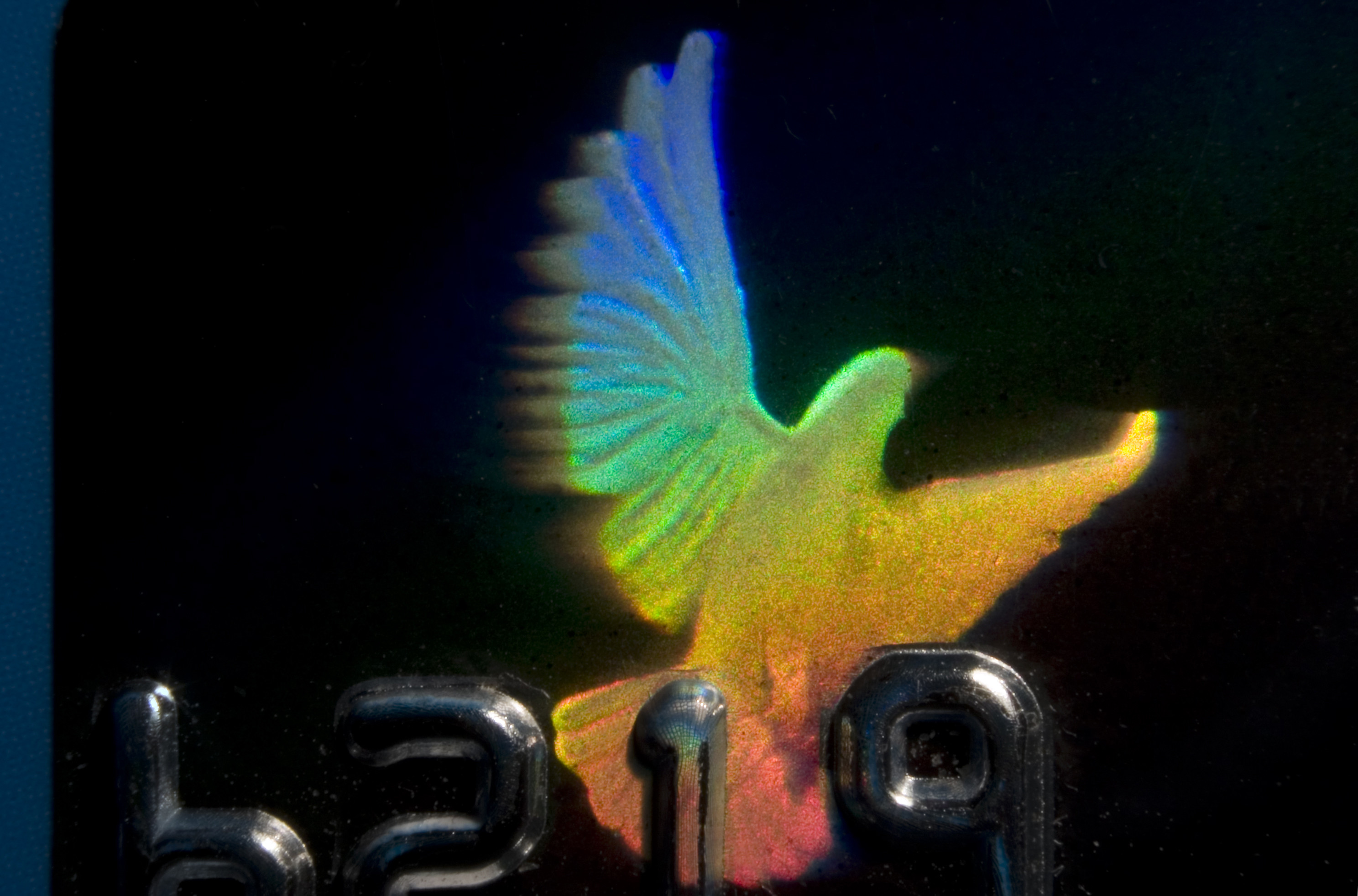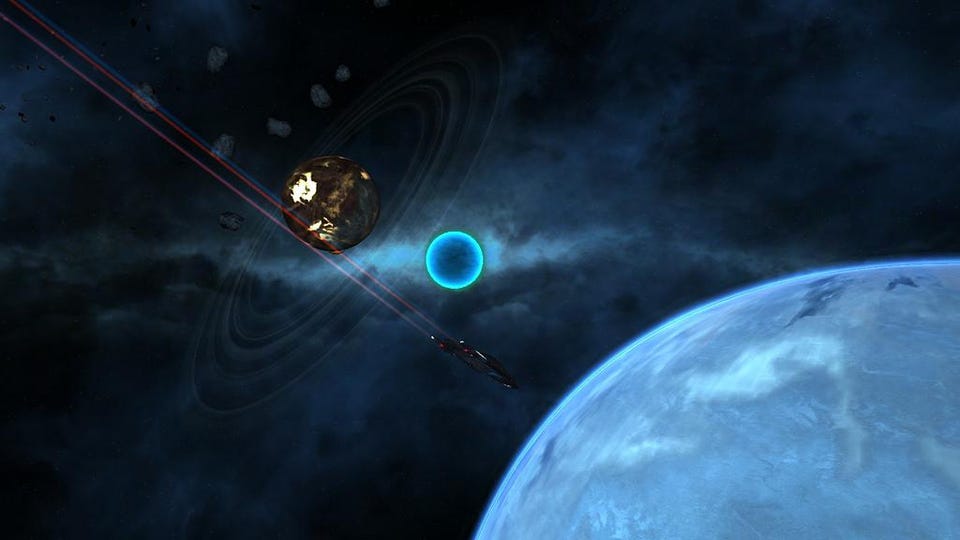The expanding Universe, in many ways, is the ultimate out-of-equilibrium system. After enough time passes, will we eventually get there?
Some think the reason fundamental scientific revolutions are so rare is because of groupthink. It’s not; it’s hard to mess with success.
For nearly 25 years, we thought we knew how the Universe would end. Now, new measurements point to a profoundly different conclusion.
CERN’s Large Hadron Collider is the most powerful particle accelerator ever. To go even further, we’ll have to overcome something big.
In ~7 billion years, our Sun will run out of fuel and die. So will every star, eventually. Here are the different fates they’ll encounter.
The mutual distance between well-separated galaxies increases with time as the Universe expands. What else expands, and what doesn’t?
It’s not a gambit. It’s not fraud. It’s not driven by opinion, prejudice, or bias. It’s not unchallengeable. And it’s more than facts alone.
With new W-boson, top quark, and Higgs boson measurements, the LHC contradicts earlier Fermilab results. The Standard Model still holds.
The most iconic, longest-lived space telescope of all, NASA’s Hubble, is experiencing orbital decay as the solar cycle peaks. Here’s why.
The galactic center is home to the most powerful engine in the Milky Way: a supermassive black hole. How does its energy ultimately escape?
We normally think of dark matter as the “glue” that holds galaxies and larger structures together. But it’s so much more than that.
There are many theories of gravity out there, and many interpretations of wide binary star data. What have we really learned from it all?
The evidence that the Universe is expanding is overwhelming. But how? By stretching the existing space, or by creating new space itself?
In 2017, we detected gold being forged in a neutron star-neutron star merger. Now, in 2024, the amounts created simply don’t add up.
Glueballs are an unusual, unconfirmed Standard Model prediction, suggesting bound states of gluons alone exist. We just found our first one.
The most iconic “dark nebula” of all lights up under JWST’s infrared gaze. Here’s what’s newly discovered inside.
Holograms preserve all of an object’s 3D information, but on a 2D surface. Could the holographic Universe idea lead us to higher dimensions?
In general relativity, white holes are just as mathematically plausible as black holes. Black holes are real; what about white holes?
From the earliest stages of the hot Big Bang (and even before) to our dark energy-dominated present, how and when did the Universe grow up?
At a fundamental level, only a few particles and forces govern all of reality. How do their combinations create human consciousness?
Dark energy is one of the biggest mysteries in all the Universe. Is there any way to avoid “having to live with it?”
In the 20th century, many options abounded as to our cosmic origins. Today, only the Big Bang survives, thanks to this critical evidence.
For some reason, when we talk about the age of stars, galaxies, and the Universe, we use “years” to measure time. Can we do better?
The most common element in the Universe, vital for forming new stars, is hydrogen. But there’s a finite amount of it; what if we run out?
Life arose on Earth very early on. After a few billion years, here we are: intelligent and technologically advanced. Where’s everyone else?
Our Universe requires dark matter in order to make sense of things, astrophysically. Could massive photons do the trick?
Practically all of the matter we see and interact with is made of atoms, which are mostly empty space. Then why is reality so… solid?
If the electromagnetic and weak forces unify to make the electroweak force, maybe, at higher energies, something even grander happens?
The Universe is expanding, and the Hubble constant tells us how fast. But how can it be a constant if the expansion is accelerating?
In all the Universe, only a few particles are eternally stable. The photon, the quantum of light, has an infinite lifetime. Or does it?





























